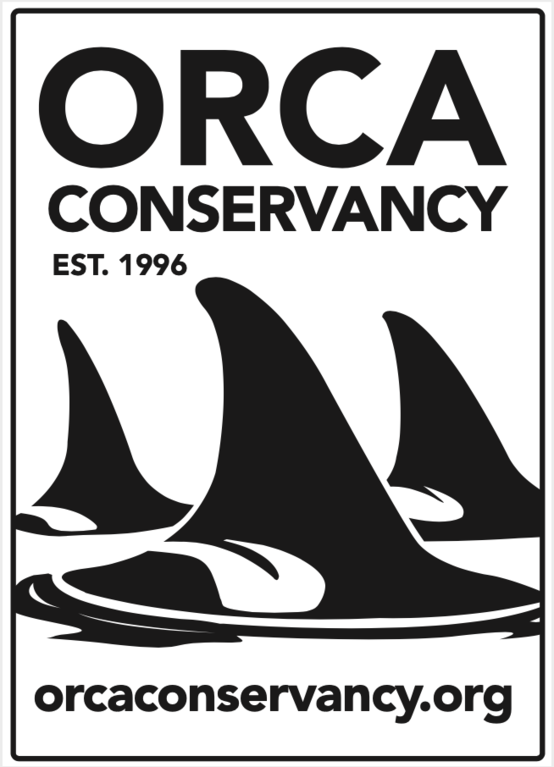Three Orca Cultures in the Salish Sea
Photo: Paul Nicklen
Guest Blog: James Ives | Principia High School | Senior Project
The Three Orca Cultures In The Salish Sea
Killer whales are some of the most intelligent, strong, and fierce predators in our oceans in the world today. However, killer whales have different cultures, rituals, and dialects. Not all killer whales are the same. Along the Salish sea, there are three very distinct kinds of killer whales. The three types of killer whales that coexist in these waters would be the southern resident killer whales ( SRKW), the west coast Bigg's killer whales also known as Transient killer whales, and Offshore killer whales. These three different cultures of whales live in complete separation from each other's groups. They may be the same species but what makes them apart from one another is their genetic differences and their cultural differences.
Different Diets
You might ask what is at the foundation of a killer whale culture. The simple answer is their diet. The SRKW are salmon specialists. 90% of their diet is chinook salmon which is currently depleting. The west coast Bigg’s killer whales don't eat any fish at all and their diet is primarily dependent on other marine mammals and occasionally squid. The Offshore killer whales that reside most of the time on the outer coast of Washington and southern California are known as shark specialists. They will often hunt down large deepwater sharks and eat their livers for protein and nourishment. Killer whales learn what they are supposed to eat from a very young age by their mothers. A baby resident killer whale is taught by his or her mother that salmon is all they eat, and an offshore baby whale is taught to eat sharks, and a Bigg's killer whale is taught to eat squid and sea lions along with other marine mammals.
Sound Identification
Underwater sounds are some of the clearest differences between killer whales and one of the easiest ways to differentiate between different whale cultures. A whale that is born into a pod of whales learns his or her sounds before they are even born. This is because the sound that is projected underwater transmits directly to the developing baby whale inside its mother's womb. The Orcas learn and form their dialects over many generations like humans and have developed and improved their communication with one another over many years. A great example of a culture of whales that have a variety of developed dialects would be the Northern Resident killer whales (NRKW). The NRKW have different clans which are a variety of pods that have very different dialects very much like languages we humans have. The clans may travel together but they use very different sounds to communicate with one another.
Photo Identification
A man known as Dr. Michael Andrew Bigg came up with the photo identification of killer whales in the early 1970s. Biggs was a Canadian marine biologist and has gone down in history as the founder of modern research on killer whales. In the early 1970s, Biggs conducted an animal census unlike any other census in the world. He started by sending out 15,000 questionnaires to local boaters, lighthouse keepers, and fishermen. He asked them to photograph every single time they saw a whale so that he could keep a record of the whales and find distinct differences between them. He began to see a pattern in the way different whales looked by small details along with their bodies such as nicks, scratches, tears on their dorsal fins, and a pattern of white or grey in their saddle patches. The two key parts of the Orca’s bodies that were key in separating them from one another were the dorsal fin and saddle patch using photographic techniques. Because of Michaels's discovery, we are now able to count the number of whales in each culture rather than estimates which is a step in our ability to monitor the progression or decline in the various whale culture's populations. Soon after his discovery and work at closely monitoring the whales' many other photographers decided to join him in his work. By 1999 Michael Bigg founded the B. C. Cetacean Sightings Network. Over Michael’s career, his work and company have identified every single killer whale in photographs and what culture it belonged to in the Salish sea since the 1970s and continues to update this list today.
